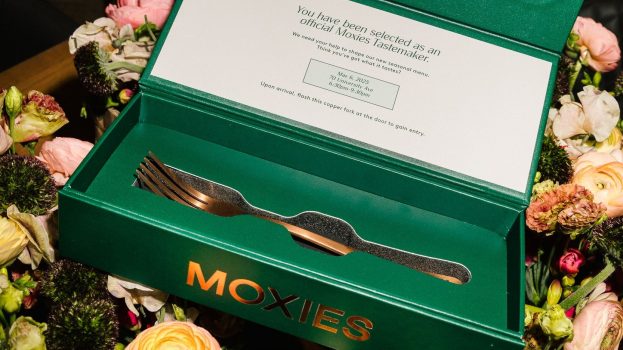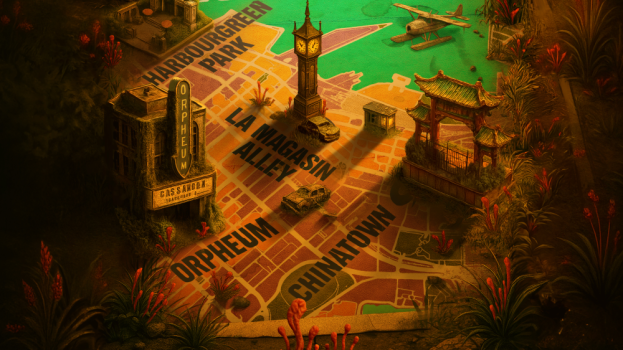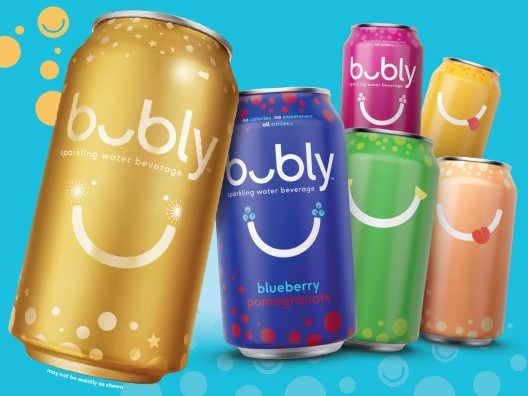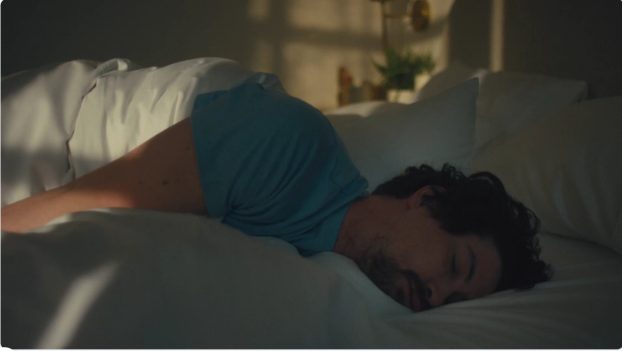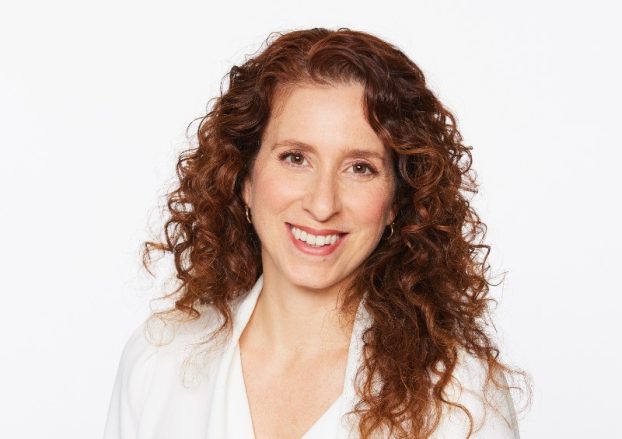
How do you get experiential when people won’t leave their homes? That’s the question people like Josh Dyan, president of Toronto-based agency Simon Pure, are now being tasked with.
The agency is perhaps best known for being Disney’s experiential partner, having done activations for its films and properties, as well as those from Pixar, Marvel and Lucas Arts. Simon Pure “got hit pretty quickly” as a result of the pandemic, according to Dyan, initially because film release dates were pushed back indefinitely and cinemas closed early in the COVID-19 crisis, and then as staying at home became the socially responsible thing to do.
Some time prior to COVID-19, the agency had made the move to being “100% experiential,” dispensing with its promotional marketing and retaining only one shopper marketing client, which Dyan says was borne out of a desire not to spread its resources too thin. Now it has made the decision to stay exclusively experiential and not join the ranks of agencies that are pivoting and reinventing themselves to adapt to the pandemic.
“’I made this boat, I am going to ride in it’ is how we’re looking at it,” Dyan says.
 After confabbing with his experiential colleagues, Dyan says he does not foresee any possibility of being “out in the world” or returning to consumer-facing initiatives the way it had done until at least late August.
After confabbing with his experiential colleagues, Dyan says he does not foresee any possibility of being “out in the world” or returning to consumer-facing initiatives the way it had done until at least late August.
Dyan tells strategy that it’s not had any experiential programs cancelled permanently at this point, just delayed until people are able to leave their homes more. But a lot of what Simon Pure does is very hands-on, such as doling out samples or asking people to touch a screen, which consumers may be wary of, even if it is allowed. Dyan says the agency is looking at ways to “tweak [activations] so they’re not touch-related,” he says, suggesting that perhaps an Xbox Connect, motion controlled-type interface, or a stylus could prove useful going forward.
Brands could also have a pop-up experience in a smaller structure, with one person or family at a time, and make experiences more personal. Simon Pure’s challenge, he says, is often opening up the activation experience more broadly – for example, getting broad involvement when an VR headset is a singular experience for one or two people. Now, however, he says that maybe an event doesn’t have to be hundreds participating, but smaller, individual- or small-group-focused activities.
Sampling is also a challenge, even for at-home programs in this risk-averse environment. Dyan says the challenge is how to get to mailboxes and front doors and to do it safely and to convey the safety message efficaciously. There’s a real opportunity, however: after all, we all still eat three meals a day.
Brand ambassadorship is a difficult challenge in this environment, as influencers are reaching out to their agencies looking to replace or supplement their income with whatever gigs they can find. Dyan says Simon Pure made an internal decision that it’s not going to help influencers find any work that involves them going outside, given the precarious and dangerous nature of some employment.
Meanwhile, as an agency, Simon Pure is staying busy by getting full- and part-time staff alike engaged through its Friendly Faces project.
On the agency’s microsite, users can find images of oversized Mr. Potato Head-esque eyes, ears, noses and mouths that they can print off and display prominently, whether it’s customer or neighbourhood-facing (seen below).
“It’s simple, a nice smile out to the world,” Dyan says. “I am spending a lot of time in my dining room, and every single person who walks by, smiles and points at his window. It allows us to do what we do all the time, touch people’s lives and add something to their day…”


